|
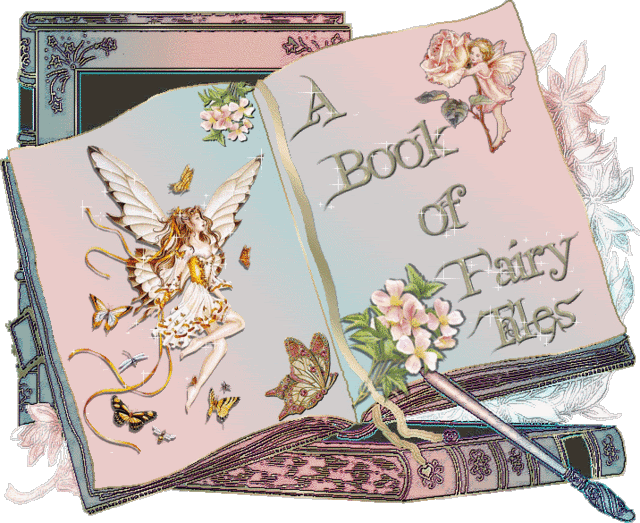
"Some day you will be old enough to start reading fairy tales again."
~C.S. Lewis~
  
 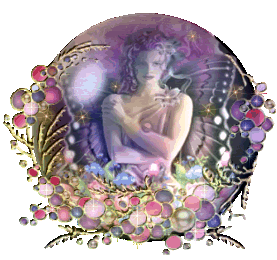 
The Origin Of Fairy Tales
The origin of fairy tales dates back thousands of years. The history of fairy tales or fairy stories have fantasy creatures such as fairies, fey, goblins, elves, trolls, witches, giants, and or talking animals. It is not necessary for these tales to be about fairies. Enchantments and far-fetched events are also usually part of the plot. Unlike legends and folklore tales, they seldom contain any references to religion, actual places, persons or events. The term "once upon a time" is used rather than an actual reference to date.
Both long and short Fairy tales, folklore, legends and myths have been passed from generation to generation since before recorded history. The origin of these types of oral stories is impossible to determine. All ancient cultures from all over the globe have fairy tales.

Early fairy tales were for adults as much as for children. The fairy tales text of the literary type were intended for adults. They became more kid's fairy tales in the 19th and 20th centuries. Grimm and Andersen have kept many, many children entertained with their tales of winged fairies.
Two theories on the origin of fairy tales have attempted to explain the common elements in the fairytales text found spread over many continents. One theory is that a tale comes from a single source and spreads from culture to culture over time. The other theory is that these tales reference common human experience. That the many cultures over time, tell similar tales of similar human experiences. The first written fairy tales are from ancient Egypt and occurred around 1300 BC. Aesop was a Greek author from the 6th century BC. Aesop's fables were the first fairy tales that were famous in the Western world.
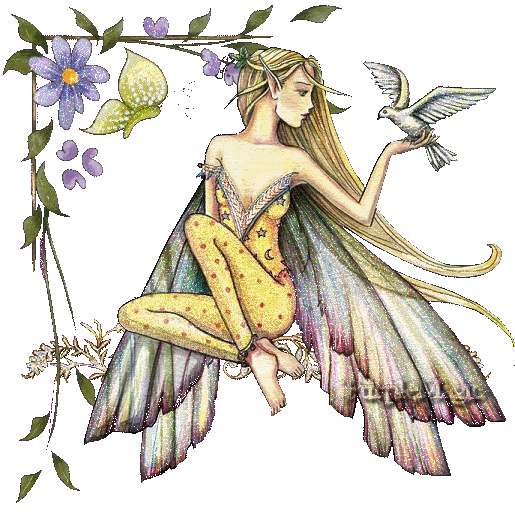
During the 16th and 17th century there were no fairy tales published (after all, there were not so popular in those times). They still appeared in oral form. And Puritans did not like them, considering them to be somehow substandard. When they were finally accepted, it was mostly thanks to situation in France - they simply started to like such stories and this popularity helped to spread them. Towards the end of the 17th century they were thought to be good for children and they also became part of the court entertainments.
At the end of the 17th century also the first books of fairy tales were published. Among the best known collectors was Charles Perrault with his Mother Goose (Perrault´s stories were very often printed in bilingual version: English and French). In 1704 Arabian Nights appeared, translated into French. Anyway, most of the French stories were criticized. They looked artificial and were very long and boring (at least for children).

Another turning point came in the late 18th century when fairy tales appeared on the stage. These were also the year when more and more stories were published. But there was still a strong criticism (maybe even stronger than in the Puritan era): educated people wanted to bring up their children according to Christian´s principles and thought fairy tales were just trash filled with superstition. So for a few years, fairy tales were sort of out of fashion but as the time passed, the number of published fairy tales increased - this was caused especially by the first translation of the work of the Brothers Grimm. In 1840s first stories by Hans Christian Andersen came to England and in 1849 the book called Fairy Tales of All Nations introduced tales from all over the world to English children. One of the best known editors and collectors was Joseph Jacobs (Andrew Lang based most of his own books on those collections).
And then there is the 20th century and the fight between fans of fairy tales and their opponents goes on. In the USA, the psychologist Bruno Bettelheim has proclaimed that fairy tales can cause damages to the emotional health of children.

The True Story of the Real Brothers Grimm
Jacob Ludwig Carl Grimm was born in January 4, 1785, in Hanau, Germany. Just over a year later, in February 24, 1786, his little brother Wilhelm Carl Grimm was born. Their father was a lawyer, and they had six more brothers and one sister.
In 1802, Jacob went to university to study law at the University of Marburg. As always, his little brother followed him, and entered law school in 1803. During their university years they began to collect folk and fairy tales. Folklore is stories that have been passed down from parents to children, by word of mouth, but at that time many had not been published in books. The Grimms were especially interested in stories that included Germany and German culture.
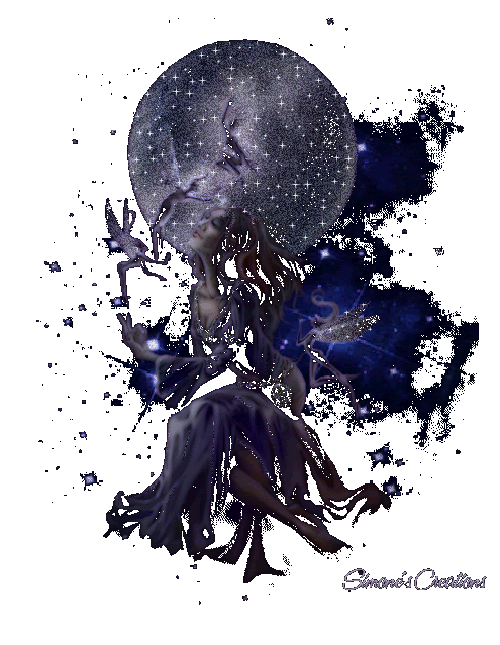
Jacob and Wilhelm published their first book of fairy tales – "Children’s and Household Tales" - in 1812. There were 86 folktales. Readers were so happy to see the stories they had been told as children all collected together that the book was a success. In the next volume of "Grimm’s Fairy Tales", the brothers added 70 more stories. It went on growing like this for six more editions. Finally, the book contained over 200 stories! It is probably the best-known work of German literature. Even if you don’t know the Brothers Grimm, you definitely know a Grimm fairy tale.
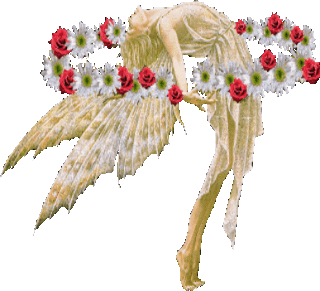
If only all brothers were as close as the Brothers Grimm. They were always together – even when Wilhelm married his wife Henriette, Jacob continued to live with them! The Brothers Grimm were both professors and scholars. In fact, Jacob Grimm is considered to be the father of the study of German history. They both taught as professors in Germany’s capitol, at the University of Berlin. They became known throughout Europe as experts on anything to do with folktales, language, and anything German. They were so into books that they both became librarians as well! During their lifetimes they published many more very important books, including "German Mythology", "Old German Tales", "The History of the German Language", and even the German Dictionary.
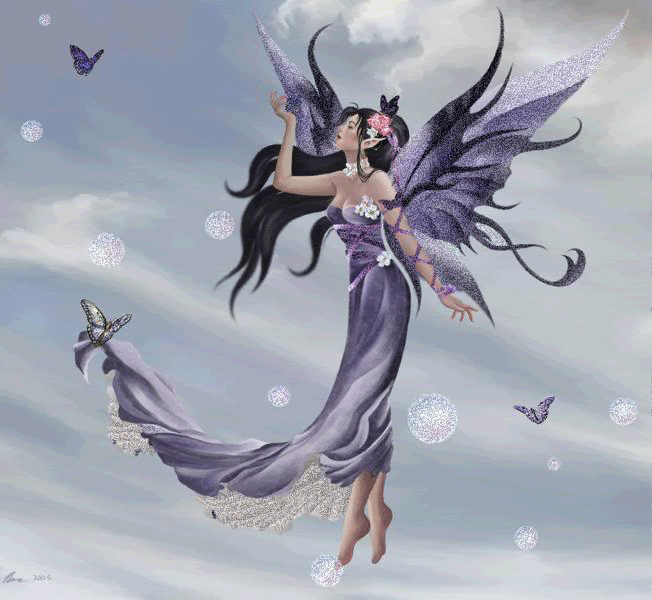
art by Nene Thomas:
http://www.nenethomas.com
Grimm fairy tales include stories of kings, magic, and talking animals. Even though the stories are sometimes scary, fairy tales allow us to work through our fears. They often teach us a lesson about moral values, and right and wrong.

sources:
http://smeagol.sweb.cz/a_few_facts_about_fairy_tales.htm
http://www.faculty.de.gcsu.edu/~mmagouli/fairy_tales.htm
http://members.cox.net/srice1/books/bunce/fairytales6.html
http://www.grimmfairytales.com/en/bio
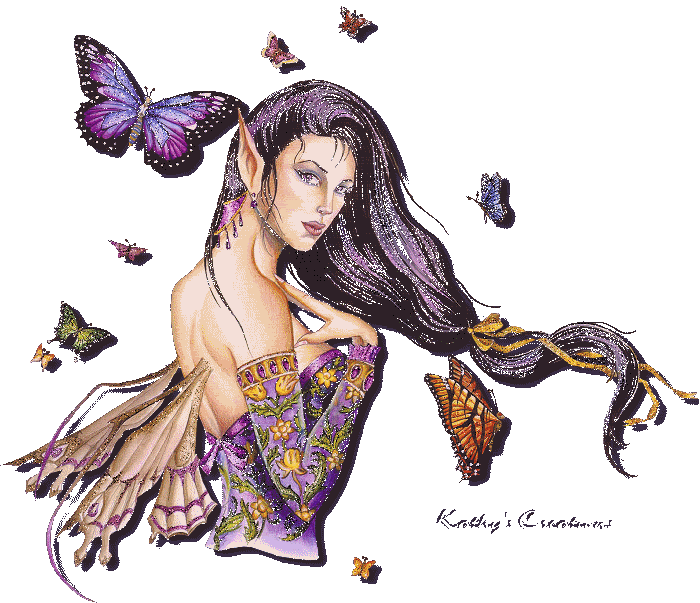
art by Nene Thomas:
http://www.nenethomas.com




|